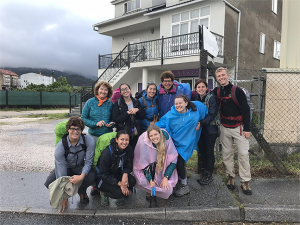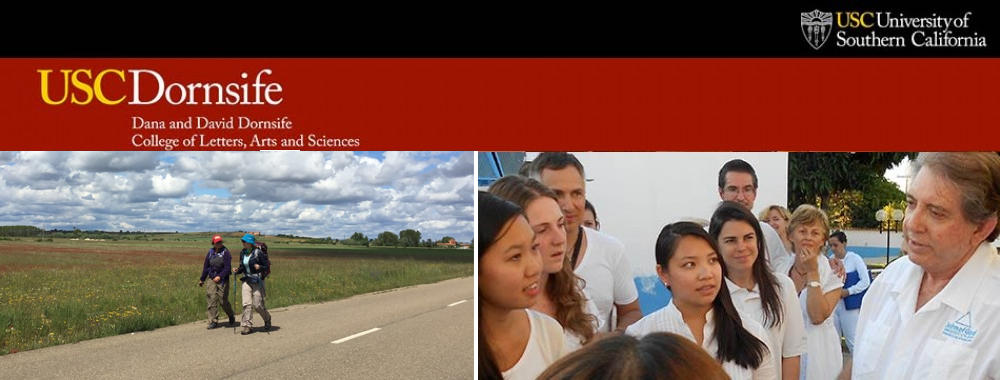The only thing harder than experiencing a miracle, is defining a miracle. In the medieval times, a miracle may spare your life from extreme predicaments. In Jean Lanham’s chapter titled “Camino Miracles” from the book The Lore of the Camino De Santiago, a miracle story was described in which an infertile couple walked the Camino de Santiago and asked St. James for a child. Their request was granted, and even after their son died, a request for his resurrection was fulfilled.
Today miracles on the Camino are not this extreme. And everyone I have spoken to has a different understanding of a miracle. During an early walk on my Camino, a 69-year old, non-religious woman from the Netherlands defined a miracle as a serendipitous encounter. She described how she made a friend in her previous Camino trip, and she watched her friend find the love of her life on the last day of their walk. She elaborated that her friend found a man of the same age, ethnicity (German-polish), single, staying at the same hostel, and traveling on the same route.

Classmates with pilgrim friends from the Netherlands and South Africa
“Wow, it’s fate,” I thought out loud.
“No” she responded, “It was a miracle.”
She nicely wrapped up the conversation by saying, “If you look for miracles, you’ll see miracles.”
Later in my Camino, I spoke to a 45-year old, Catholic, Polish father who was pushing his two young children in a tandum stoller along the Camino. The father said that his Camino miracle was coincidentally finding a bike repair shop soon after breaking one of the stroller’s wheels. He attributed the location of that bike shop and the timing of its encounter to God. He smiled and looked back at his kids who were playing in the hostel’s patio.
However miracles are not always this concrete. Another 60-year old, Catholic, Polish man said his Camino miracle is to simply be here.
Polish pilgrim friend
“Look at where we are,” he says to me as he points to eucalyptus trees. “This is beautiful. It’s a miracle we are here right now.”
His interpretation of a miracle is more abstract and does not align with the traditionalist/medieval view of miracles, but it’s insightful to listen to his take on it.
Although these were diverse and accepting definitions of miracles, a 57-year old Swiss woman I strolled with blatantly said that she does not believe in miracles. She admitted that she walks the Camino without a reason. She is not a firm believer of miracles and has never experienced one.
“I believe in God.” she said “and that’s good enough for me.”
This surprised me because she, as a spiritual person, contrasts to the popular medieval motivation that people walked the Camino to experience a miracle.
Chatting about miracles was less straightforward than it was in the medieval times. Miracles then were about being saved in times of death after praying to St. James, but miracles now are about feeling and seeing something unexplainable. It is about experiencing something that cannot be broken down scientifically or physically. Lastly, unlike the culture in the medieval times, miracles are not exclusive to pious people, rather anyone can partake in Camino miracles.
